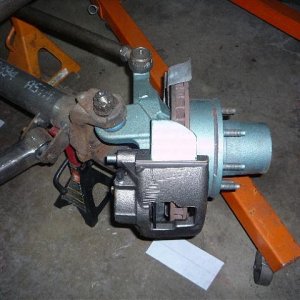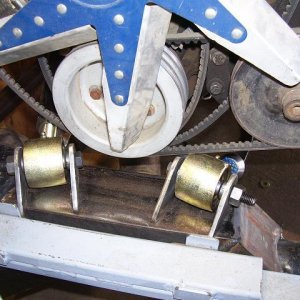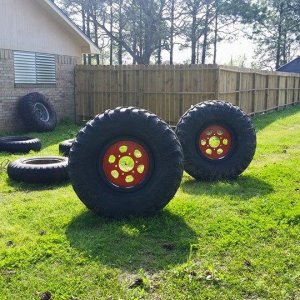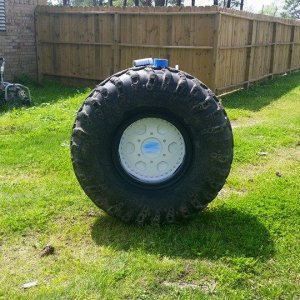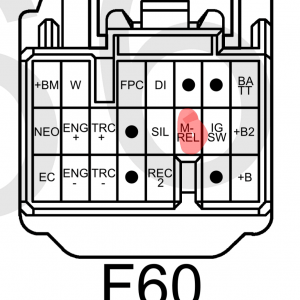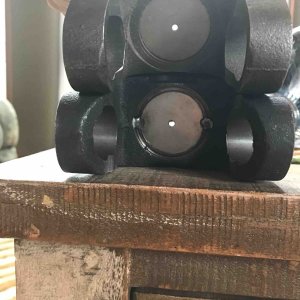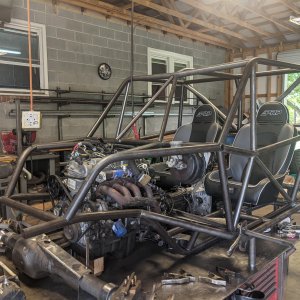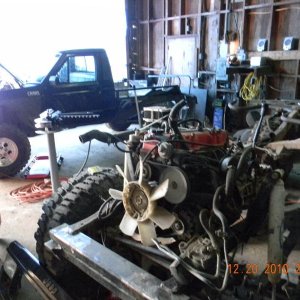whatthe?
Well-Known Member
I've said this like a million times I think.
Yes, exactly. HP is a measure of work being done. Torque is a measure of a twisting force.
Sure.
Or shift gears and apply less torque and more RPM while still maintaining the same 20MPH. More torque with less RPM or less torque with more RPM. It's the same output either way.
And HP is a measure of the work being done as an end result, the bike going 20 MPH with X weight and Y wind resistance would require Z HP to maintain that 20 MPH. You can maintain (20 MPH=Z HP) while changing the torque and RPM..........It's really much simpler than you're trying to make it. Using the bicycle example you can have torque input to the pedals but this won't tell you how fast you can go. You can push with all your might against a wall and not move the bike or you can push with all your might on level ground and move the bike foreward. The problem is measuring how hard you push doesn't tell you what the bike is doing or can do because you don't know how fast the wheel is turning.....Likewise you can measure the RPM of the bikes wheel but this alone doesn't tell you how much torque is being applied to the pedal so you don't know what the bikes potential is.......Put the two together, torque- pressure to the pedal and RPM the wheel is turning and you have a HP number. The HP number by itself doesn't tell you if the bike is (1)in first gear and the rider is peddeling his ass off to maintain 20 MPH or if (2)the rider is in fourth gear pushing like a mo fo and his feet are barely moving to maintain the same 20 MPH. The HP number factors all of this in to tell you (1) and (2) are equal.:cheer:
Nobody said we were shifting gears. To maintain the 20mph against a greater load means more torque is applied. Torque can be measured directly. It doesn't need RPM's or HP. You stated torque doesn't matter but that's what makes the bike move. You can't increase RPM (with a load present) with our increasing torque (unless you change gears, we're not doing this) You can't just increase HP with out increasing torque or RPM. Your starting with equal horse power and adjusting RPM and torque to match. That's doing the math backwards. You have to start with torque and then RPM that the torque can produce. If a someone pedaling can produce 10HP at 1000rpm under minimal load but that load is doubled and they can no longer produce that 10HP because they don't have the torque to get to 1000RPM. Another guy can produce 10HP at 500 RPM's with minimal load will still be able to produce 10HP at an increased load because he has a lot more torque available to over come the load. That's why high torque low RPM engines pull better than low torque high RPM motors because torque matters in getting and staying at your peak power especially under an increasing load. Isn't web wheeling grand?

